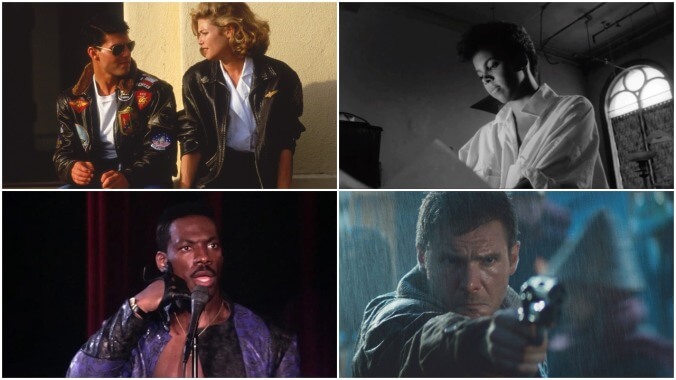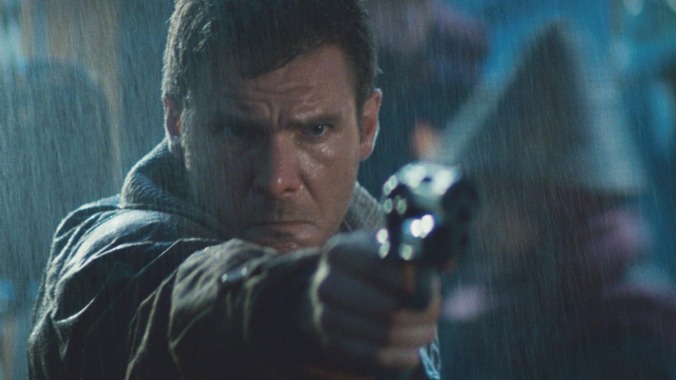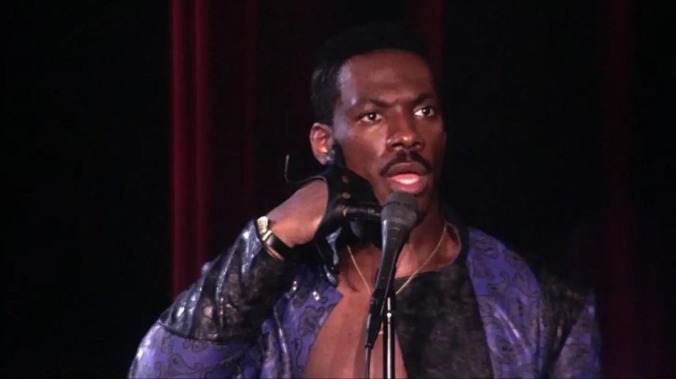The best '80s movies to watch on Netflix right now
Feeling nostalgic? Classic 1980s cinema is among this streaming giant’s specialties

If you’re wondering why ’80s pop culture and Netflix seem to share a significant overlap in your subconscious, maybe it has something to do with a little series by the name of Stranger Things. That nostalgia-powered show, which took Netflix viewers by storm when it launched in 2016, just rolled out its fourth season, and that has The A.V. Club feeling nostalgic, too. So we decided to look back at our writing about several actual ’80s classics that are currently streamable on Netflix. The platform has previously hosted such hits as Back To The Future and E.T.—and, given films’ tendency to cycle through different streaming networks these days, they may return eventually. At the moment, Netflix still has plenty of other classics from that memorable decade, including Top Gun, Blade Runner, When Harry Met Sally, and more. Read on for the best blasts from the past the platform has to offer.
This list was updated on May 27, 2022.




